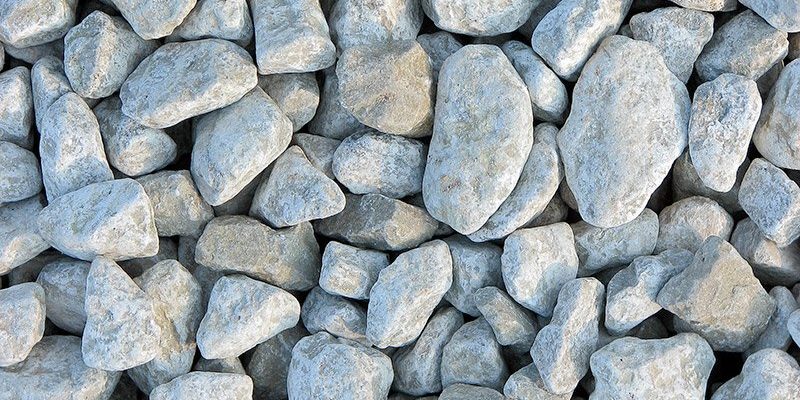Reactive substrates are based on water percolation through granular materials-filled beds or trenches, causing chemical modifications (example: phosphate capture). The reactions may also involve microorganisms, the substrate being in that case used as a metabolite (example: supply of organic matter for nitrate removal). Better-known applications are reactive barriers for groundwater depollution. We apply reactive substrates for the treatment of specific compounds in water, possibly in complement to our other ecotechnologies.
For soil-based treatment, we rely on the natural purifying capacity of the soil and its microorganisms. It is mainly applied for greywater treatment but is also an option for individual wastewater treatment, after a septic tank (often in the absence of other discharge alternative and pending on local regulations). In addition to its simplicity of operation (if the design and construction are appropriate), an additional benefit in drier climates (and appropriate soils) is plant irrigation. We may apply different modes of implementation, including pre-treatment by water tricking in wood chips before soil contact.
We take the same natural processes into account while sizing infiltration facilities for treated wastewater, rainwater and runoff, as well as surface water.








